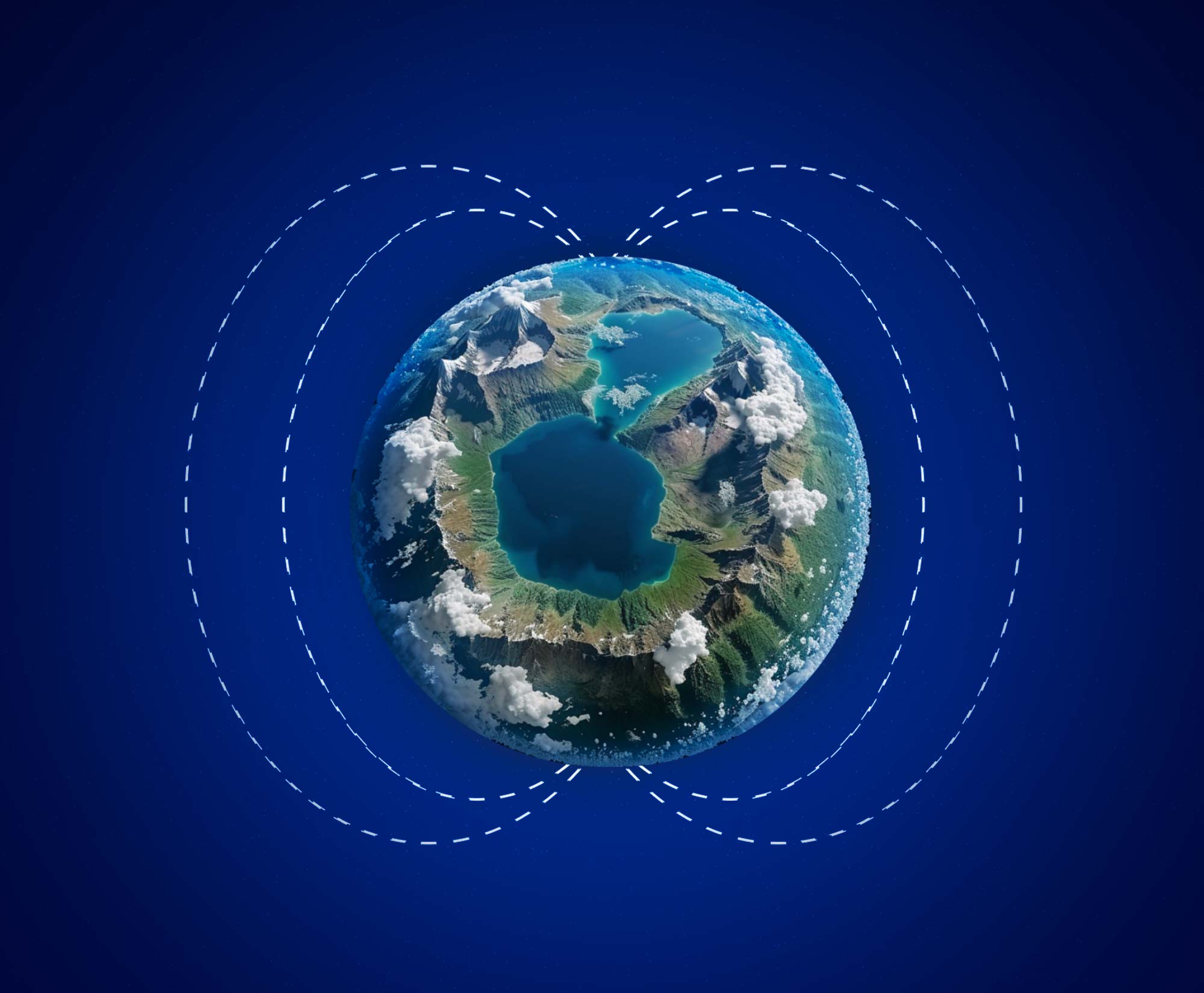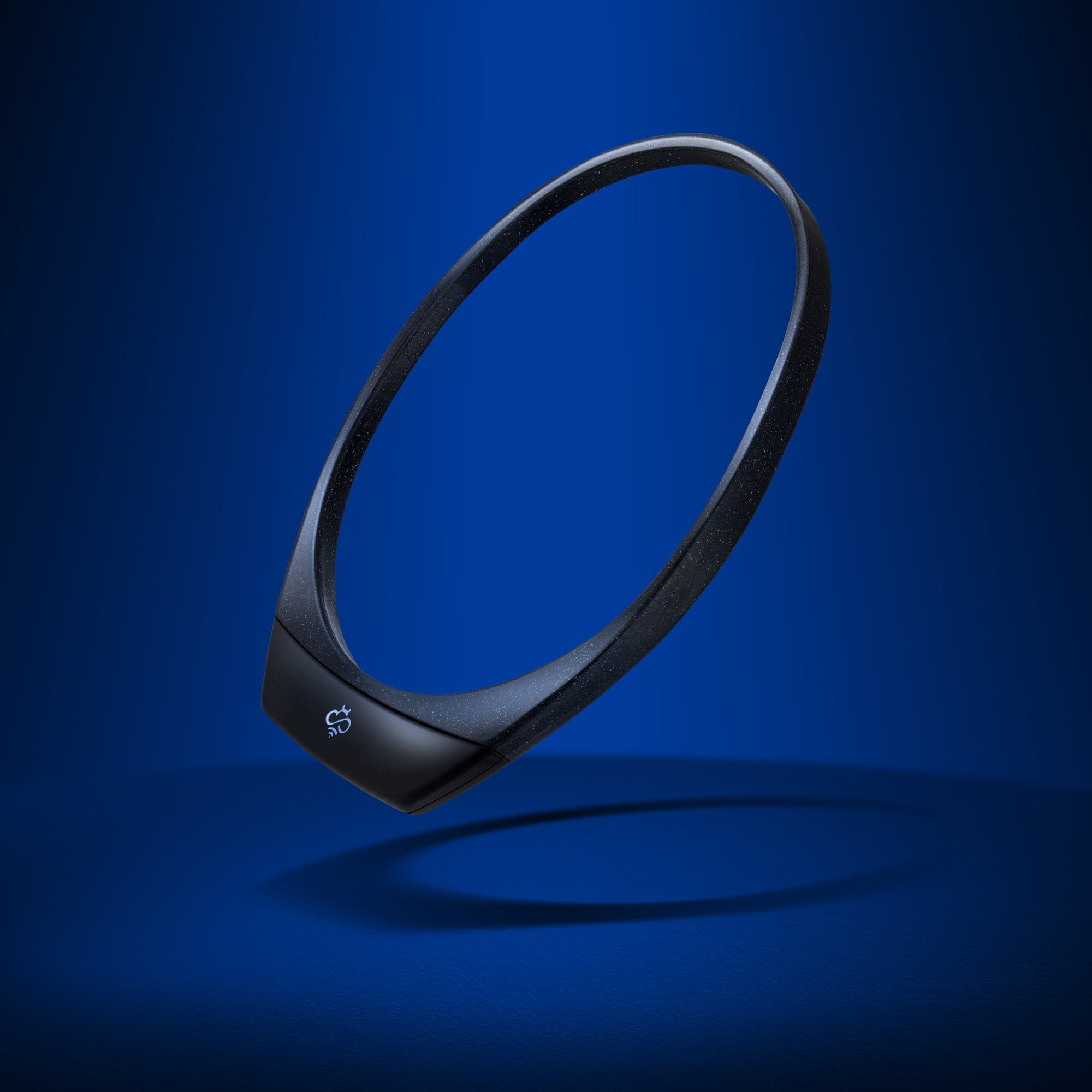
Magnetism is an important part of our world - in big and small ways. Magnetic fields protect our planet from solar radiation, help animals like turtles, birds, and bees migrate, and even power the cell phone or computer you are using to read this.

Hapbee's science builds on these natural forces to improve how we experience the world. Hapbee technology enhances and improves the way you live helping you to better manage your mood, personal performance, and sleep.
Hapbee brings all of these developments together to help you live more intentionally.
2017 - Hapbee uses Electromagnetism
Magnetic forces influence how our bodies respond to different substances. The SQUID magnetometer was developed to measure the unique magnetic “fingerprints” of natural substances. In 2017, our parent company, EMulate Therapeutics, took this technology further by replicating the effects of certain molecules without needing to inject or ingest them. Hapbee builds on this breakthrough, recording the magnetic signatures of substances like caffeine and melatonin, and then delivering mood-boosting benefits by mimicking these natural signals.
2022 - Hapbee’s Sleep Study
Hapbee conducted a sleep study that showed a significant improvement in participants' sleep. The study used the Oura Ring to accurately track and measure the data, highlighting the effectiveness of Hapbee's Sleep Signals. Today, over 70% of Hapbee members use our Sleep Signals to enhance their sleep quality.
- 17% - Improvement in average sleep score
- 40% - Increase in REM scores
- 13 minutes - Faster to fall asleep

Safety
Hapbee's frequency range, ulFRE (0-50kHz), is well within the safe limit, measuring less than 10% of the highest output level. To compare, the wireless charging magnet inside the iPhone 12 emits almost 500 times more energy than a Hapbee Neckband.


